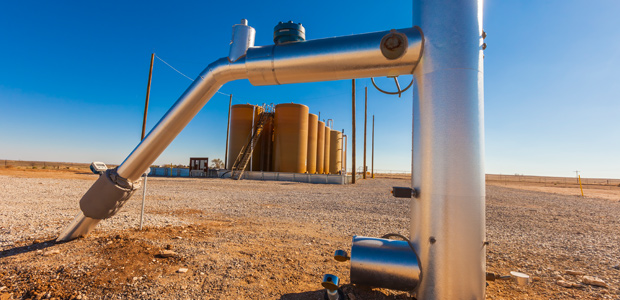
Induced Seismicity
Little Linkage Between Injection, Seismicity
WASHINGTON–Far fewer than 1 percent of U.S. wastewater injection wells have potential links to induced seismicity, indicates analysis from Energy In Depth.
Relying on data from the U.S. Geological Survey and several peer-reviewed studies to examine the number of injection wells with any suspected links to earthquakes compared with the total number of operating injection wells, the 19-page EID report notes that a miniscule proportion of all U.S. disposal wells, and a still tinier fraction of Class II injection wells, have been suspected of facilitating seismic activity.
The report highlights a couple key findings:
- Of the United States’ estimated 40,000 disposal wells, 218–or 0.55 percent–have potential links to seismicity, meaning 99.45 percent of disposal wells do not.
- The United States contains about 150,000 Class II injection wells, of which 0.15 percent have potential links to seismicity, leaving 99.85 percent of Class II injection wells without any such connections.
Some Perspective
“This report helps to quantify the risk of induced seismicity from underground wastewater disposal, demonstrating that despite prevalent media coverage of each seismic event, the number of wells even potentially linked to earthquakes is comparably small across the United States,” states EID Washington Team Lead Katie Brown. “Even in the individual states where most of the attention on induced seismicity has been focused, the vast majority of injection wells are operating ‘aseismically.’”
Moreover, EID says its statistics include every well that peer-reviewed studies have cited as having a potential tie to seismicity. “Even if a definitive link to a particular well has not yet been established scientifically, we include it in this calculation,” the report explains. “Numerous peer-reviewed studies have noted that acquiring a proper understanding of induced seismicity in a sample universe this small requires knowledge of downhole pressure, volume, and location, including the orientation of faults.”
According to EID, such studies argue that mitigating induced seismicity risks calls for site by site assessments instead of an identical approach, since wells that take on similar injection volumes and pressures may operate in varying geologies and conditions.
The report cites California and Connecticut as examples, noting that the Golden State contains more than 52,000 Class II injection wells, 2,919 of which are disposal wells. “California has not registered any seismic activity whatsoever relating to wastewater injection,” EID points out. “On the other end of the spectrum, the state of Connecticut has no Class II injection wells, yet there has been a recent uptick in recorded seismic activity throughout the state.”
With regard to Oklahoma, which is seeing a surge of tremors, EID points out that the Sooner State has a long history of seismicity, and cites published reports that note how many of the state’s recent earthquakes have been in the Oklahoma City area, which lacks any high-volume wastewater injection wells. “Oklahoma’s first known earthquakes occurred in the 1800s, and another significant event occurred in 1918,” the report observes. “As Oklahoma’s State Geologist Randy Keller has noted, there were ‘zero seismograph stations prior to late 1970s’ in the state, and now there are many.”
EID acknowledges that geology suggests injection wells occasionally may play a role in seismic activity, but contends that the quantity of injection wells and seismic events suggests that role is almost infinitesimal. “To be clear, under specific and very rare conditions, wastewater injection activities can have the effect of inducing small seismic events. Several scientific analyses have linked Oklahoma’s uptick in earthquakes with wastewater disposal activities,” the analysis states. “But all this underscores why these events must be studied in the actual context in which they occur, and why blanket assumptions about all earthquakes being induced by injection activities, especially in places such as Texas and Oklahoma, are incorrect in the best case, and irresponsible in the worst.”
Provide Context
Although facts demonstrate the minute risk that any given disposal well will contribute to seismic activity, EID emphasizes that citizen complaints must not be dismissed or ignored. “For those who live in areas experiencing these events, simply suggesting that the risk is low may not adequately address concerns,” the report acknowledges.
Even so, it goes on express hope that its findings provide “important context for these communities as scientists, regulators and industry work together to study the risk, address it, and reduce it.”
“Above all, states should avoid drastic measures that are fueled more by politics than sound science, including blanket bans on injection wells, or restrictions on hydraulic fracturing, which is a separate process entirely,” EID continues. “Kim Hatfield, chairman of the Oklahoma Independent Petroleum Association Regulatory Committee, has noted that banning wastewater injection could ‘completely shut down oil and gas production’ in Oklahoma.”
The report, “Injection Wells and Earthquakes: Quantifying the Risk,” includes fact sheets specific to the states of Oklahoma, Texas, Colorado, New Mexico, Ohio, Kansas and Arkansas.
For other great articles about exploration, drilling, completions and production, subscribe to The American Oil & Gas Reporter and bookmark www.aogr.com.













